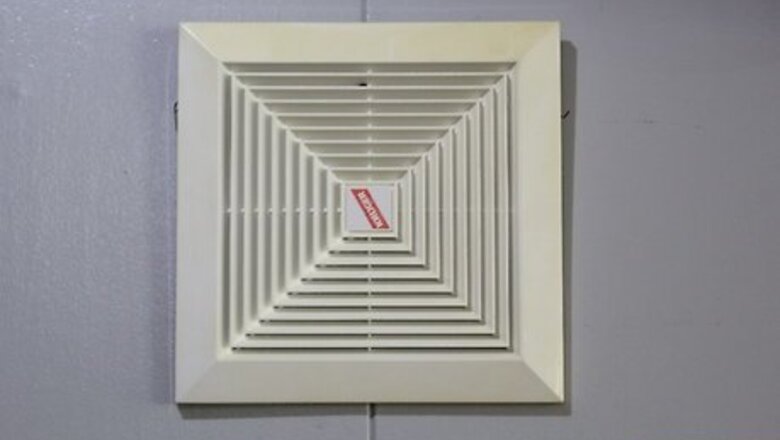
views
X
Research source
Making Preparations
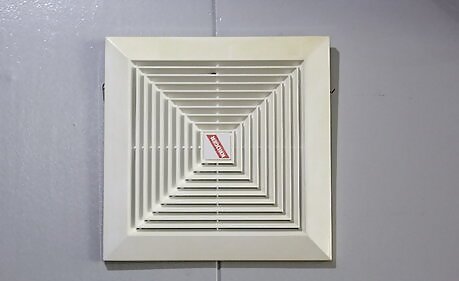
Locate the air ducts in your home. If you've lived in your home for a while, you probably know where most of the ducts are. Take some time to locate all of them anyway in order to save time. Some homes have vents high on the walls, and others have them located at the base of the walls. Plan to clean each one of these in a systematic fashion. Basically, clean them room-by-room—unless you want to skip around to make it last longer. Some vents might be located in unusual places. Roam around your house to locate them all. You'll probably find other things that need to be cleaned or fixed in the process, but don't get distracted.
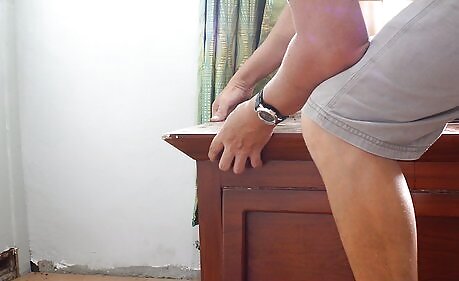
Look underneath the ducts. Check for anything underneath the duct, such as furniture, hanging pictures, carpet or rugs, decorative items, etc. Move them out of the way or cover them so that they don't get dust or dirt landing on them. You don't need another thing to clean.
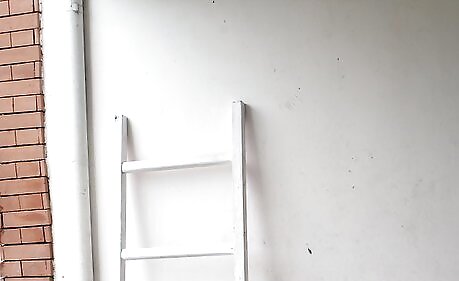
Set up a stable surface to stand on if your vent is high. A ladder, step-stool, stable chair, or particularly strong person that can hold you up will work. Make sure that the item is sitting flat and does not wobble under your weight. Cleaner air is great, but it doesn't have to come at the cost of a twisted ankle.
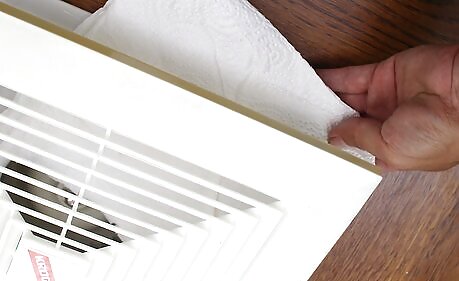
Cover the supply registers with paper towels. In basic terms, the supply registers are the things that supply heated air to the rooms. Lift the register, cover it in a paper towel, and put it back in place. It's as easy as that. This will keep excess dust from being released into the room while you clean the air ducts.
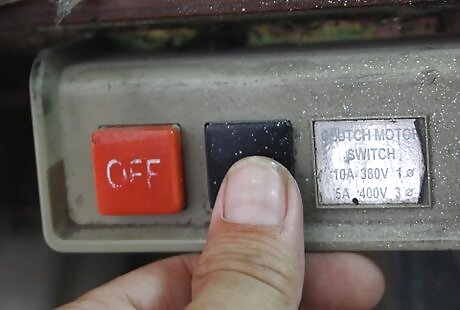
Turn on a fan in the room you're starting with. Doing this will keep everyone in the house from inhaling and coughing up all the dust you're about to release. Go to your thermostat and turn the fan on. Turn the heat and cool mode off. You'll only want the fan to be running.
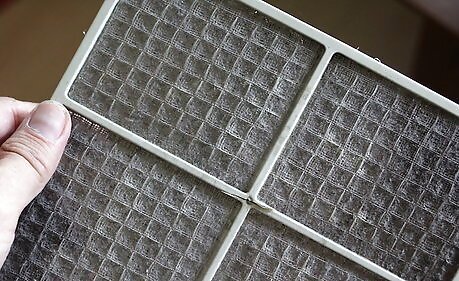
Check the filter. Look at your furnace filter to make sure it isn't missing or damaged. The filter is important so that the dust you're about to clean out doesn't get stuck in the fan motor. That would create another problem.
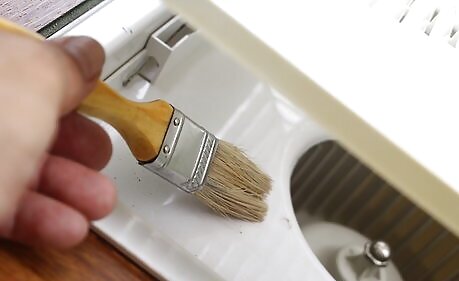
Loosen up the dust in the air ducts. Use something similar to a toilet brush, but you probably don't want to use the toilet brush you already have. A fairly large, stiff-bristle paintbrush is ideal. Use that brush to knock loose the stuck or damp dust in the air vents.
Cleaning the Ducts
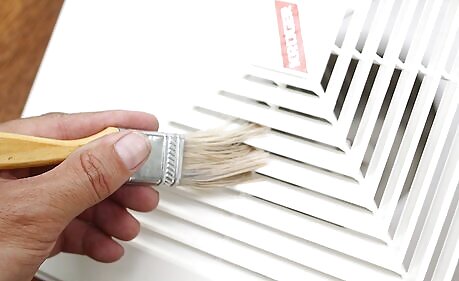
Go back and clean the supply registers. Return to clean the supply registers that you covered in paper towels not too long ago. Remove and toss away the paper towels. Lift the register. The fan will be pushing out dust. Use a vacuum hose to catch that dust before it starts to dirty up the room. Then, use the stiff-bristle paintbrush to scrub off any caked on dust. Now you're getting somewhere.
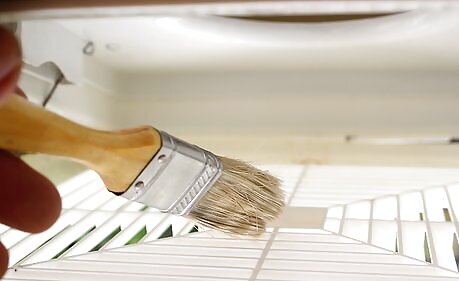
Sweep out the air return registers. Now, turn from one register to another register. The air return registers will probably be fastened, so use a screwdriver or the appropriate tool to undo them. Use a broom to sweep out the dust. Get as far back in there as possible. Then, use that same stiff-bristle brush to remove any dust buildup. Fasten the registers again when you're done.
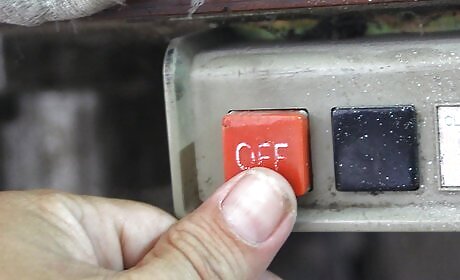
Turn off the fan and furnace. Go back to your thermostat and turn off the fan. Then, head on over to your service switch or breaker panel. Take a good look at the panel and find the switch for the furnace. Shut off the power to the furnace. Make sure that you don't turn off the thermostat.
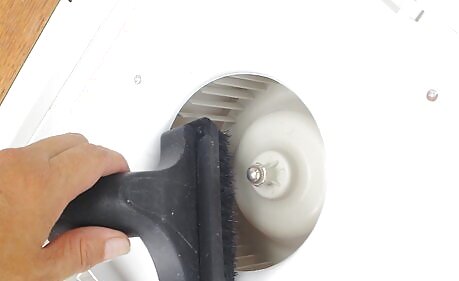
Vacuum the dust in the blower department and return air boot. Take off the panels on the front of the furnace. This will give you access to the blower department. Use the vacuum hose to clean out the dust that has built up in the blower department and return air boot. This is where most of the dust builds up, so once you've done this, you've done the bulk of the job! If you have time, go ahead and clean the furnace fan while you're there.
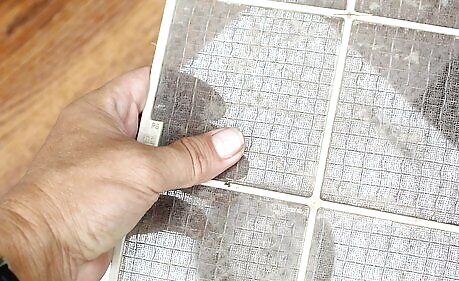
Replace the furnace filter. You may have to run out to get a new filter. A newer, better filter will definitely be worth it in the long run though. The air will be cleaner in your home with a new filter because there will be less dust, which means less worrying for you. Keep in mind that good filters will have to be changed more often. How often you need change your filter also depends on the type of house you have, your pets, and where you live.
Accessing the Main Air Ducts
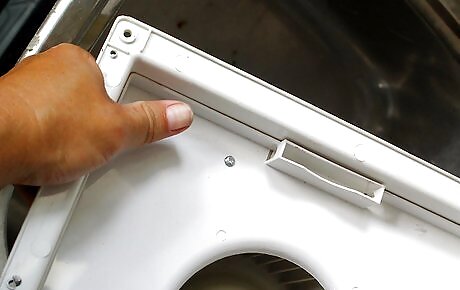
Take the caps off of the rectangular duct work. You don't have to clean the main air ducts, but you can do it if cleaning out as much dust as possible is your goal. First, check to see if you have rectangular duct work. If so, go ahead and slide the drives down with the use of pliers. Then, pull the caps off of the slips. The terminology may sound technical, but it should be pretty easy to figure out when you're standing in front of it. The drives are the long, vertical pieces of metal on your rectangular duct work.
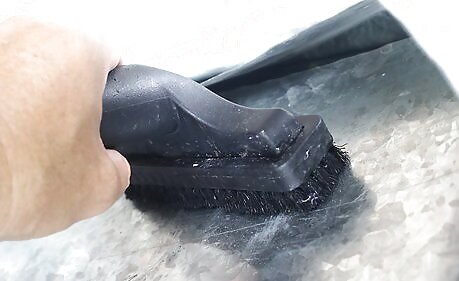
Vacuum out the dust. Take your vacuum hose and slide it into the space created by removing the caps. This should be pretty easy to do, unless the duct is up against the wall. Vacuum out as much dirt and dust as possible. Then, check out what you've done with a flashlight. Vacuum again if doesn't look as clean as you'd like it to be.
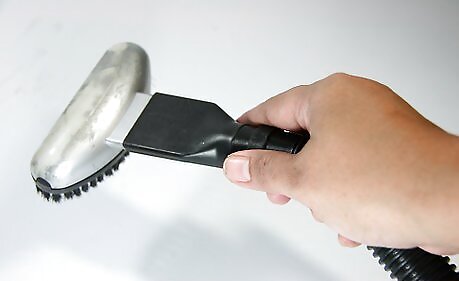
Remove the inside basement registers. This is only necessary if you actually have a basement. Usually the duct work in your house will have a few registers dedicated to the air flow in your basement. Take off those registers and vacuum inside of them.
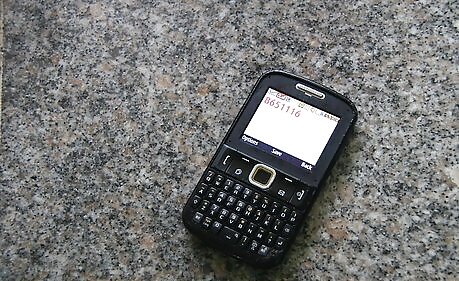
Call in a professional. Hopefully the job has been done to your liking, but it's okay if you couldn't clean the ducts as well as you would have liked. Some problems, like mold, are too big to handle on your own. If so, call in a professional.










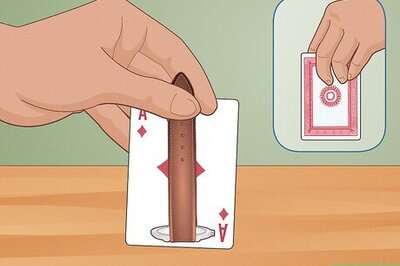







Comments
0 comment